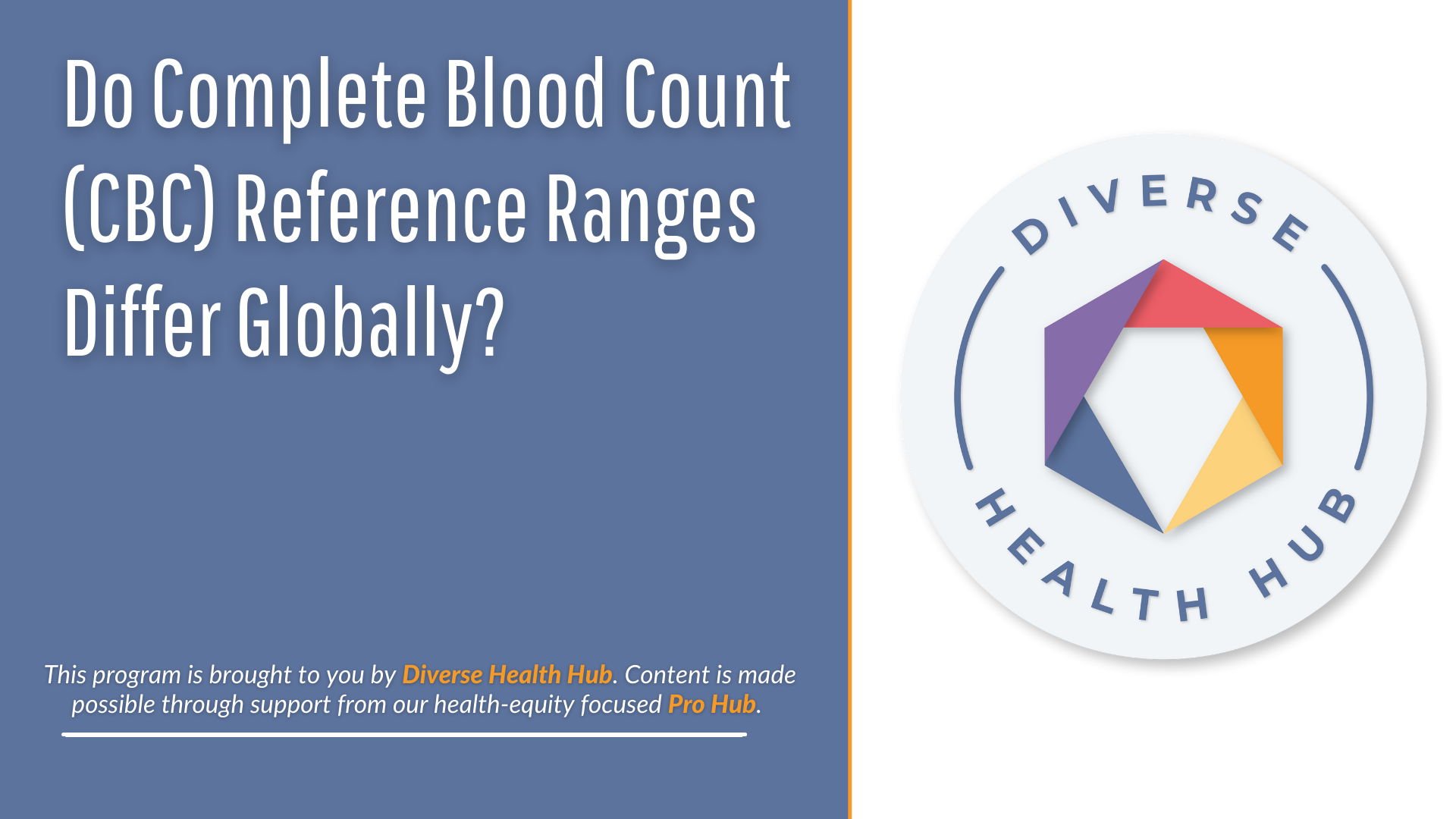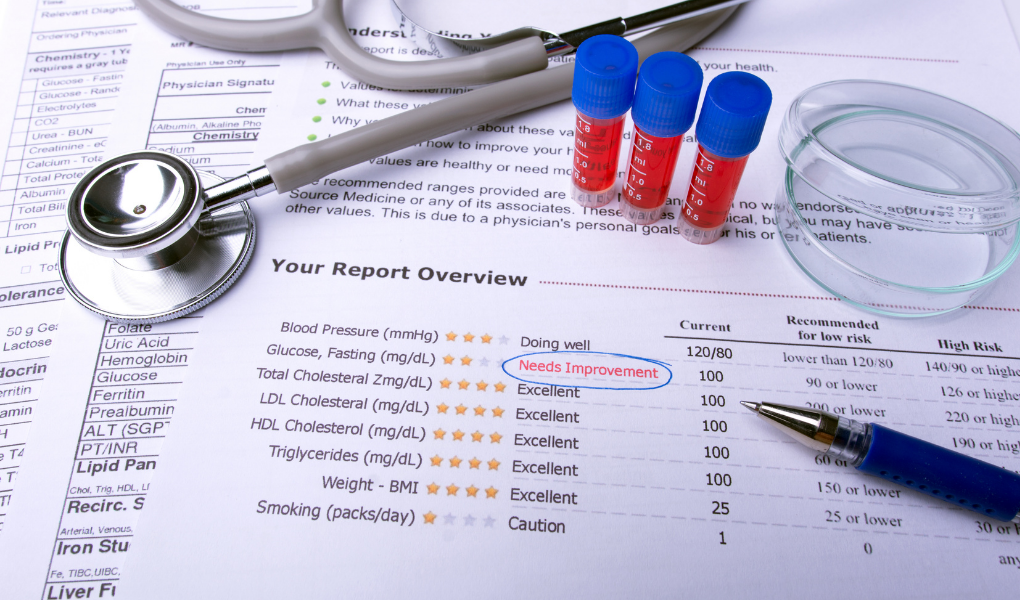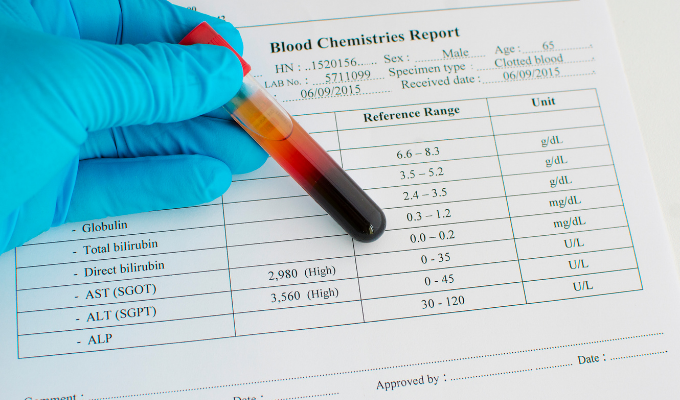Do Complete Blood Count Reference Ranges Differ Globally?

More Programs and Publications Featuring Dr. Kyle Riding
In this program:
When a complete blood count is taken in different parts of the world, do the reference ranges vary? Watch as medical laboratory scientist Dr. Kyle Riding explains how CBC measurements can vary around the world and how age and gender impact reference ranges.
Transcript
Leo Hesse:
Let's just say you're out somewhere in the middle of West Africa or East Africa, can you tell us if CBC reference ranges actually different globally, in other words, if you're operating outside of the United States, would you need to have a quick look-up, or what ranges are a more commonly referenced to...outside of the U.S.?
Dr. Kyle Riding:
Absolutely. So reference ranges, what will really define the reference ranges for a complete blood count the patient's age and the patient's gender, and that's mainly because as we age throughout life, that's going to alter certain hormonal balances that actually stimulate red cell production, and it's also going to drive different metabolism and development of white blood cells, so we see alterations in age through the lifespan alright? So how we tend to look at it is newborn, infant, toddler, child, adult, and geriatrics, so we're not talking every year, you should be seeing changes in your reference range. The other item is gender, and that is mainly, again, because of hormonal differences, particularly in testosterone levels that drive red blood cell production, but beyond that, the only difference you will see in reference ranges in a substantial way globally, is mainly the units in which they are reported.
So I've been speaking in a very United States-centric way, when I've spoken about the cells being the number of cells per microliter, but across the rest of the globe, because you know we have to do things differently here in the United States when it comes to measuring things.
So the only thing you're really going to see because of that difference between microliters and liters is you're going to see just a slight change in the numeric sequence next to those units. The only other issue you may see is that the hematocrit, oftentimes here in the United States is resulted as a percentage, however, in different parts of the world, and sometimes here in the United States too, you may see it resulted as that percentage divided by 100. So instead of the percent, you're getting the decimal place, alright, so it's just a difference in units, but beyond that, we don't find any major drastic differences in reference ranges amongst various communities. One other element I didn't mention is altitude, if you do live in a high altitude area, you will see higher hemoglobin reference ranges because of the fact that your body needs to make more hemoglobin since there's less oxygen in the air to try and capture as much oxygen as it can, but beyond those items, there's no real drastic differences in reference ranges.
The information on Diverse Health Hub is provided for educational purposes only, and is in no way intended to diagnose, cure, or treat any medical or other condition. Always seek the expert advice of your healthcare team.
Related Videos:































